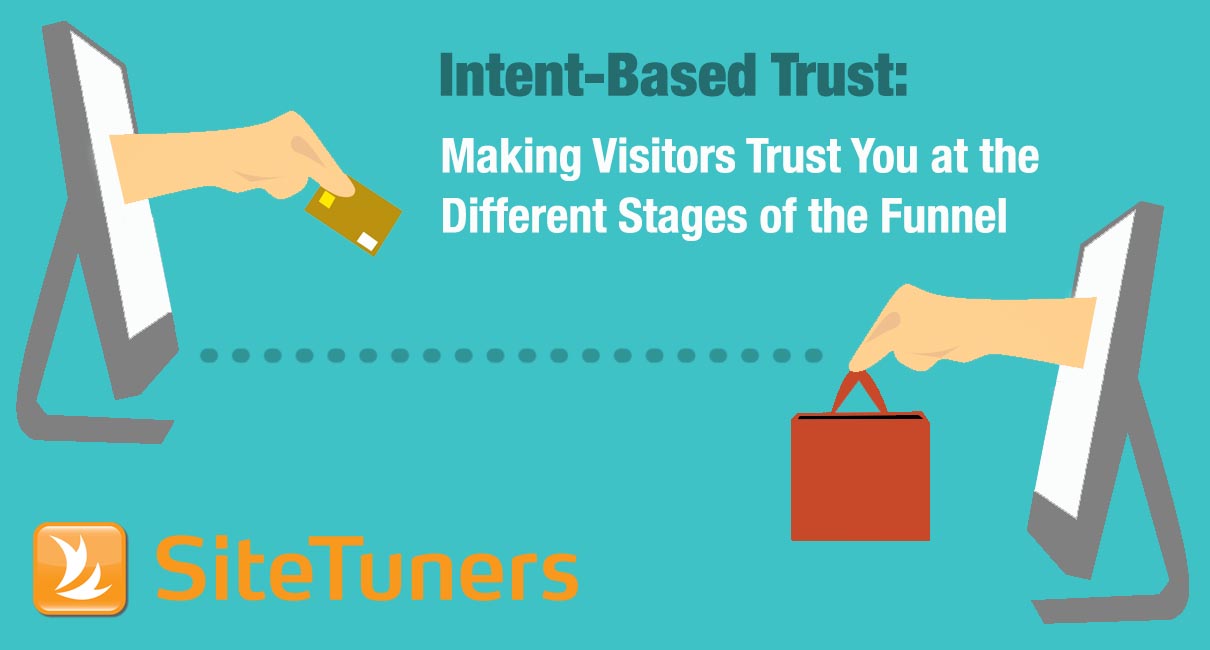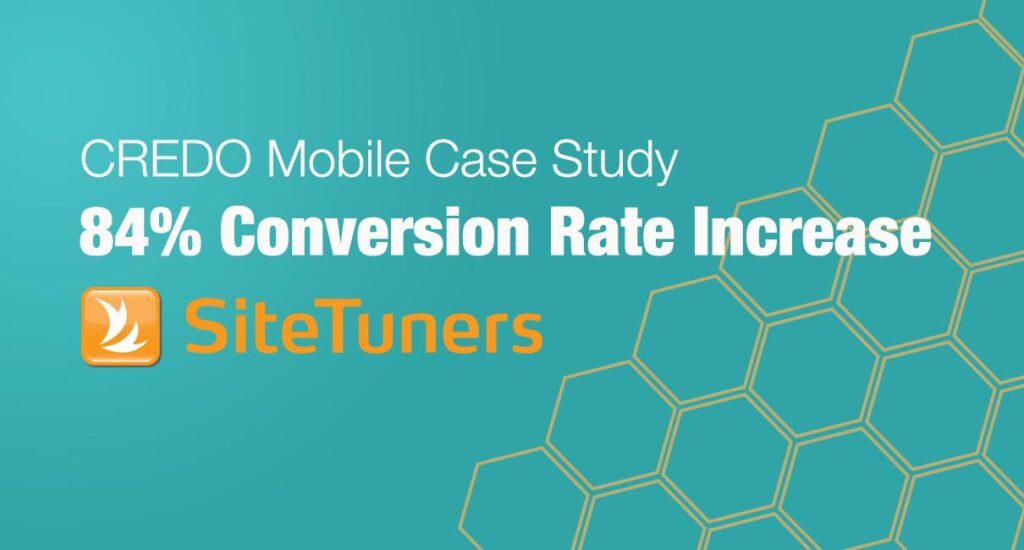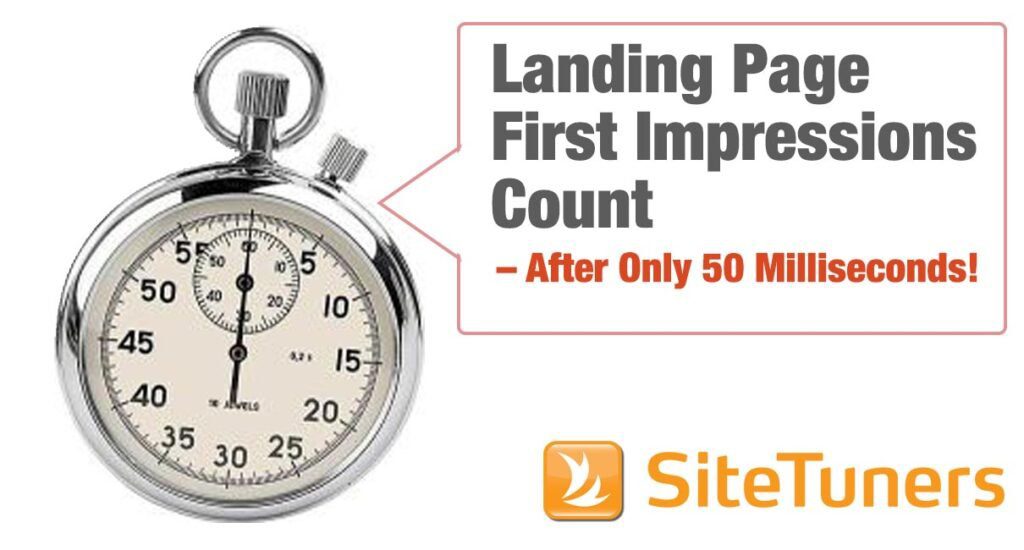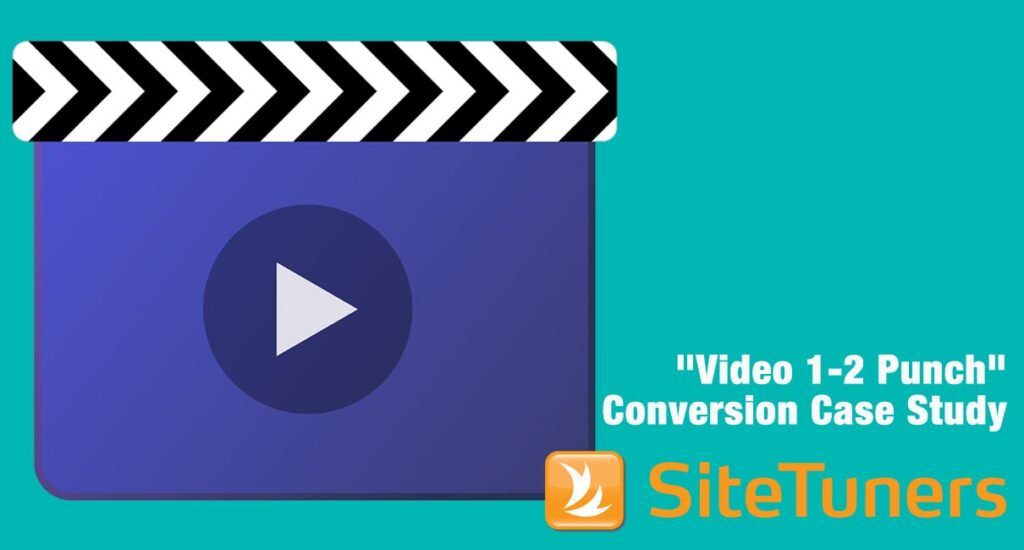
So strategically, enabling trust is something companies agree on; tactically, though, the methods with which trust is obtained vary greatly.
Authentication: Then and Now
In a recent webinar, Jeff Barto, Trust Strategist at Symantec talked about the humble beginnings of the web, and how at the time, web users could be anonymous and could be whoever they wanted to be.
Then came social media, and web users could longer hide. Their identities and what they share – or don’t share- are exposed to others, and it’s the websites who can pretend to be someone else. Web sites now have the responsibility to prove authenticity. So while authentication is not new, it’s more important than before for e-commerce sites or anyone trying to drive conversions.
Transitive Property of Trust
Jeff explained how trust impacts conversions through its transitive property. This means that it isn’t just transactions that people worry about, and that …
-
- Search users who trust your results proceed to click through to your site.
-
- Visitors who trust your site interact more, engage more, and sign up for forms more.
-
- Shoppers purchase more, and they return more times.
The bottom line is that web users will do more if they trust you, your search results, your web site, and your ability to transact securely … they trust you at different stages of the funnel.
Here’s the important thing to remember: just because you’re trustworthy enough on one stage doesn’t mean the trust will carry over to the next.
Baseline Trust
Let’s start, as these things tend to, with the search page. There’s very little you can control here, but you do get a say in two important things.
When your web site displays as a result for search terms, at minimum, your site can’t trigger browser security warnings, and you shouldn’t have badly written title tags. Research shows that a little under 70% of users will close an application when they get security warnings. It doesn’t matter how well designed your page is, if a customer sees this warning, only 30% of users will continue, the rest will go away.
Contextual Trust
From here, trust really becomes about the kind of task that they are trying to carry out, and their stage in the funnel.
Awareness
If they are trying to consume your awareness-level content, you need what everyone needs – professional design and well-written copy. Misspellings and poor punctuation don’t just look bad; these are things that browsers and search engines look for as cues of sites which are not legitimate, as malware or phishing who push sites as fast as possible and have no QA process.
You also need to borrow trust from better-known brands – reviews and awards, marquee clients, media mentions and trade associations, although you will have to subdue the logos so they don’t overpower the rest of your page.
Interest and Desire
If visitors are trying to learn about your products, you need a little more trust. You need to display product reviews, and show Facebook friends who like the product. The idea is based on Robert Cialdini’s “social proof,” which relies on two things:
-
- Objective large numbers
-
- Likeness
If you have niche products, instead of generic testimonials on your product detail pages, have something related to that specific product or page.
Action
If they are trying to transact with you, the bar is even higher. One of the things people look for when they get to this stage is badges – they’re very powerful. Don’t put them at the bottom of the page, as only 15% of people will scroll down to the bottom. Eighty five percent of visitors will not see the trust symbols that way.
Show that you can handle encryption, show that you care about their security, and not only will they transact with you more, they will be more likely to return and buy more things.
Trust In Action
With the advent of tab browsing, competition has become tougher. Jeff notes that a web user typically has four tabs open when searching for something. This means that when visitors have the slightest discomfort transacting with you, they will close your tab and move on to your competitors’.
Don’t get your window closed. Think about the tasks in the different stages of the AIDA model to get in the users’ mindset. Play your cards right by presenting the right trust elements at the right time to alleviate the right user fear. If you do this, most visitors should trust you from the time they see search results all the way down to the transaction.
Learn more about building and keeping trust online to increase conversions. Watch “The Virtual Handshake: Building Trust One Click at a Time” with Jeff Barto and SiteTuners CEO Tim Ash below:
Work with the best!Kickstart your optimization with a 90-minute Website Review from the pioneers in conversion rate optimization. Our CRO experts at SiteTuners can help diagnose your website from a conversion and usability perspective. |


